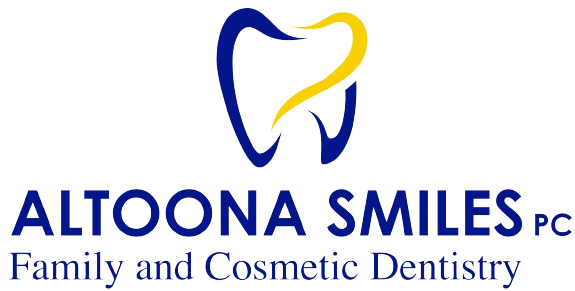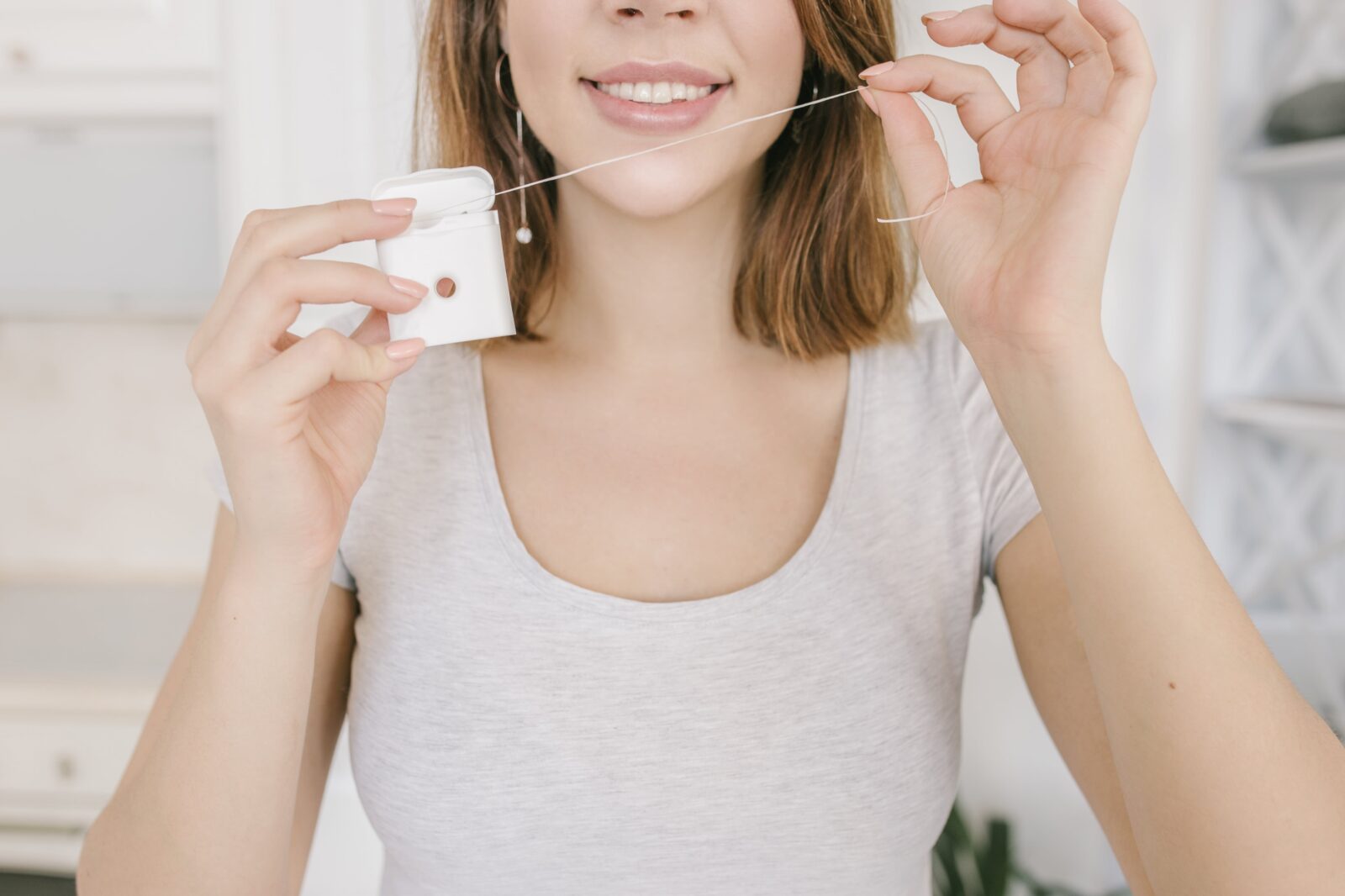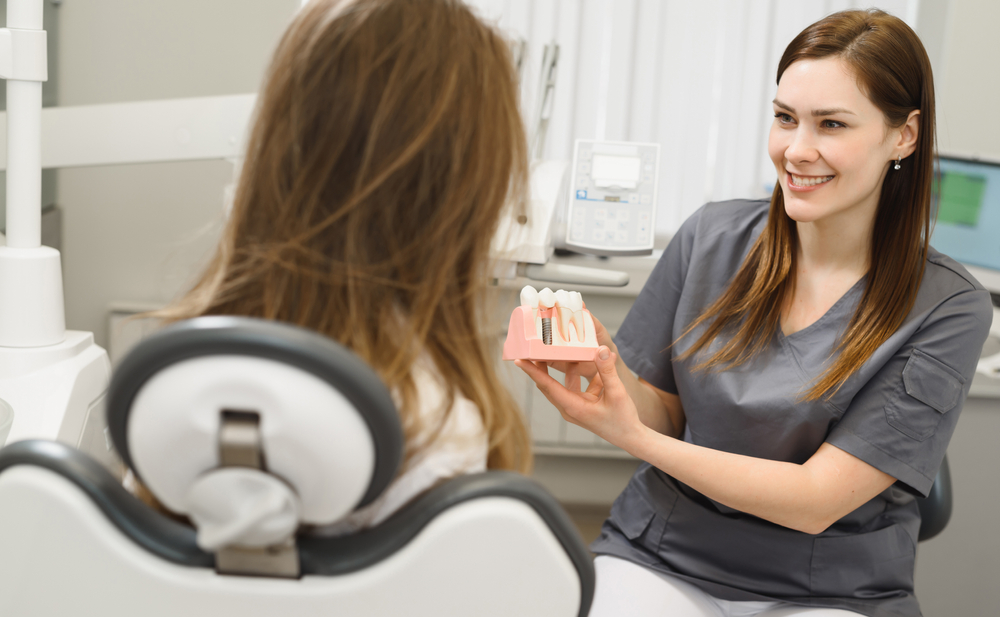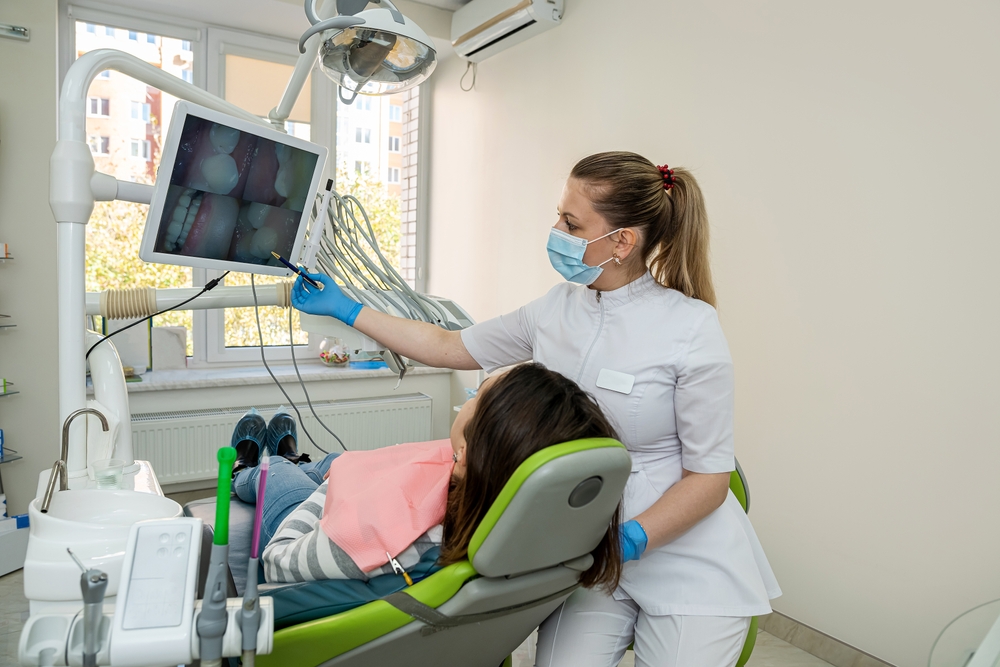Maintaining a healthy smile goes beyond just the aesthetics; it’s a crucial aspect of our overall health. Proper brushing and flossing techniques are foundational to dental care, yet many of us may not be practicing these daily rituals as effectively as we could be. This blog post aims to shed light on the correct methods of brushing and flossing your teeth, ensuring that every nook and cranny is attended to, preventing plaque buildup, and keeping gum diseases at bay. With guidance from dental professionals and the latest in dental research, we’ll guide you through the steps to enhance your oral hygiene routine, safeguarding your smile for years to come. Whether you’re a brushing novice or looking to refine your flossing skills, this post has got you covered with expert tips and tricks to keep your teeth gleaming and healthy.
In This Blog:
- The Importance of Proper Brushing
- Selecting the Right Tools
- Brushing Technique: A Step by Step Guide
- Common Brushing Mistakes
- The Importance of Proper Flossing
- Choosing Your Floss
- The Proper Flossing Technique
- Common Mistakes
The Importance of Proper Brushing
Proper toothbrushing is fundamental to maintaining oral health, serving as the first line of defense against dental problems. It effectively removes plaque, a sticky film of bacteria that forms on the teeth and gums, which, if not removed regularly, can lead to tooth decay, gum disease, and even tooth loss. By brushing teeth thoroughly at least twice a day, individuals can prevent the accumulation of plaque and tartar, thereby reducing the risk of cavities and gingivitis. Furthermore, proper toothbrushing techniques—using a soft-bristled brush, fluoride toothpaste, and brushing for two minutes—ensure that all surfaces of the teeth are cleaned gently yet effectively. This daily practice not only helps in preserving the health and integrity of teeth and gums but also contributes to fresher breath and a brighter smile. In addition, good toothbrushing habits have a positive impact on overall health, helping to prevent bacteria in the mouth from entering the bloodstream and causing systemic diseases. Thus, investing time and effort into mastering and maintaining proper toothbrushing techniques is crucial for lifelong dental health and well-being.
Selecting the Right Tools
Toothbrush:
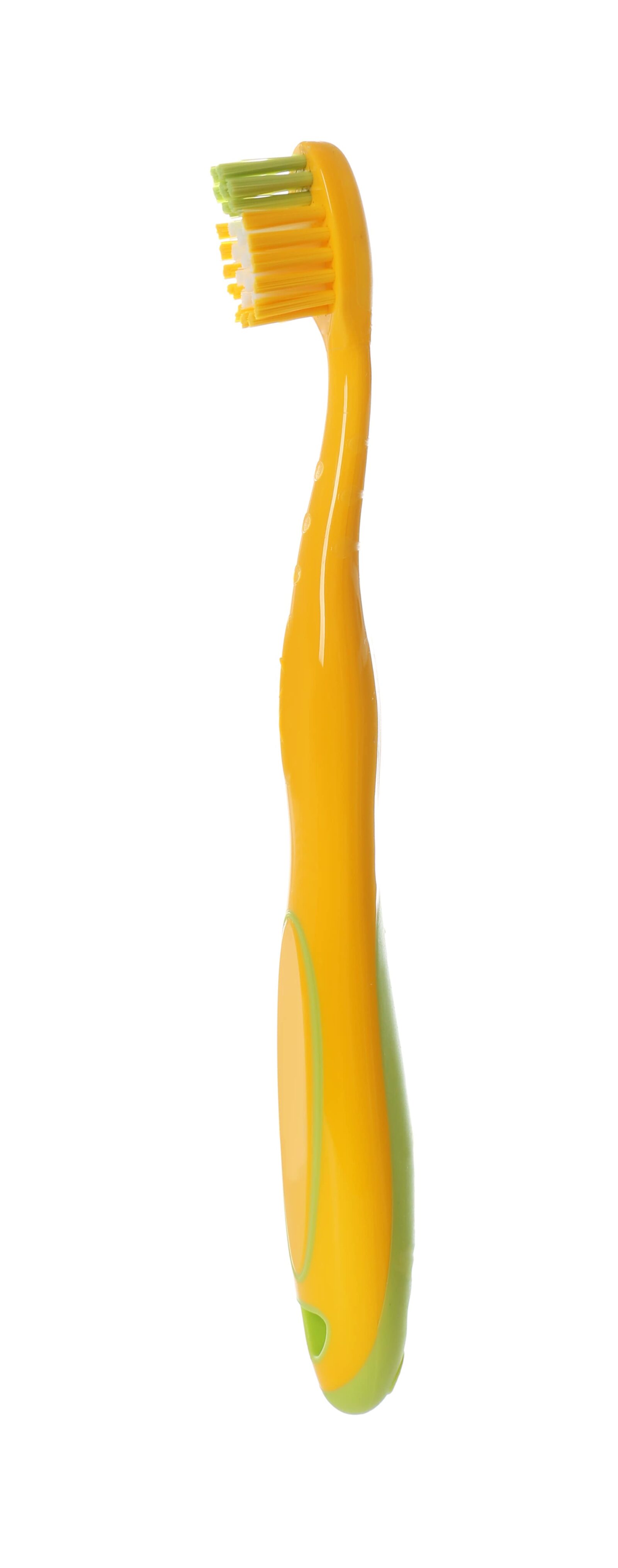
Choosing the ideal toothbrush is an essential step in maintaining optimal oral health. The key factors to consider include the size of the brush head, the type of bristles, and the handle design. Ideally, the brush head should be small enough to easily access all areas of the mouth, including the hard-to-reach back teeth. Soft bristles are recommended by dental professionals because they are gentle on the gums while effectively removing plaque. For those with specific needs, such as sensitivity or orthodontic appliances, there are specialized toothbrushes available. The handle should be comfortable to hold and provide a firm grip, allowing for precise control while brushing. Additionally, powered or electric toothbrushes can be a great option for individuals who seek a more thorough cleaning or have limited manual dexterity. Ultimately, the choice of toothbrush should align with your personal comfort, dental health needs, and dentist’s recommendations, ensuring that your brushing routine is both effective and enjoyable.
Toothpaste:
Selecting the right toothpaste is crucial for maintaining dental health and ensuring that your brushing routine is as effective as possible. When choosing toothpaste, consider your specific dental needs: fluoride toothpaste is universally recommended for its ability to strengthen tooth enamel and prevent decay. If you have sensitive teeth, look for toothpaste formulated to reduce sensitivity by protecting nerves. For those aiming to brighten their smile, whitening toothpaste can remove surface stains, though it’s important to use these products cautiously to avoid harming enamel. Individuals with gum issues might benefit from toothpaste targeting gingivitis, containing ingredients to combat gum inflammation. Natural or organic toothpaste options are available for those who prefer ingredients with fewer chemicals and artificial additives. Always look for a toothpaste that carries the American Dental Association (ADA) Seal of Acceptance, ensuring it has been evaluated for safety and effectiveness. Lastly, consider flavor and texture preferences, as a toothpaste that appeals to you is one you’ll be more likely to use consistently. Discussing with your dentist can also provide personalized recommendations based on your oral health status.
Brushing Technique: A Step-by-Step Guide
Timing:
Brush your teeth twice a day, spending at least two minutes each time. Use a timer or a toothbrush with a built-in timer to ensure you’re brushing long enough.
Angle:
Hold the toothbrush at a 45-degree angle to the gums. This angle helps the bristles reach the crevice where the gums and teeth meet, a common site for plaque buildup.
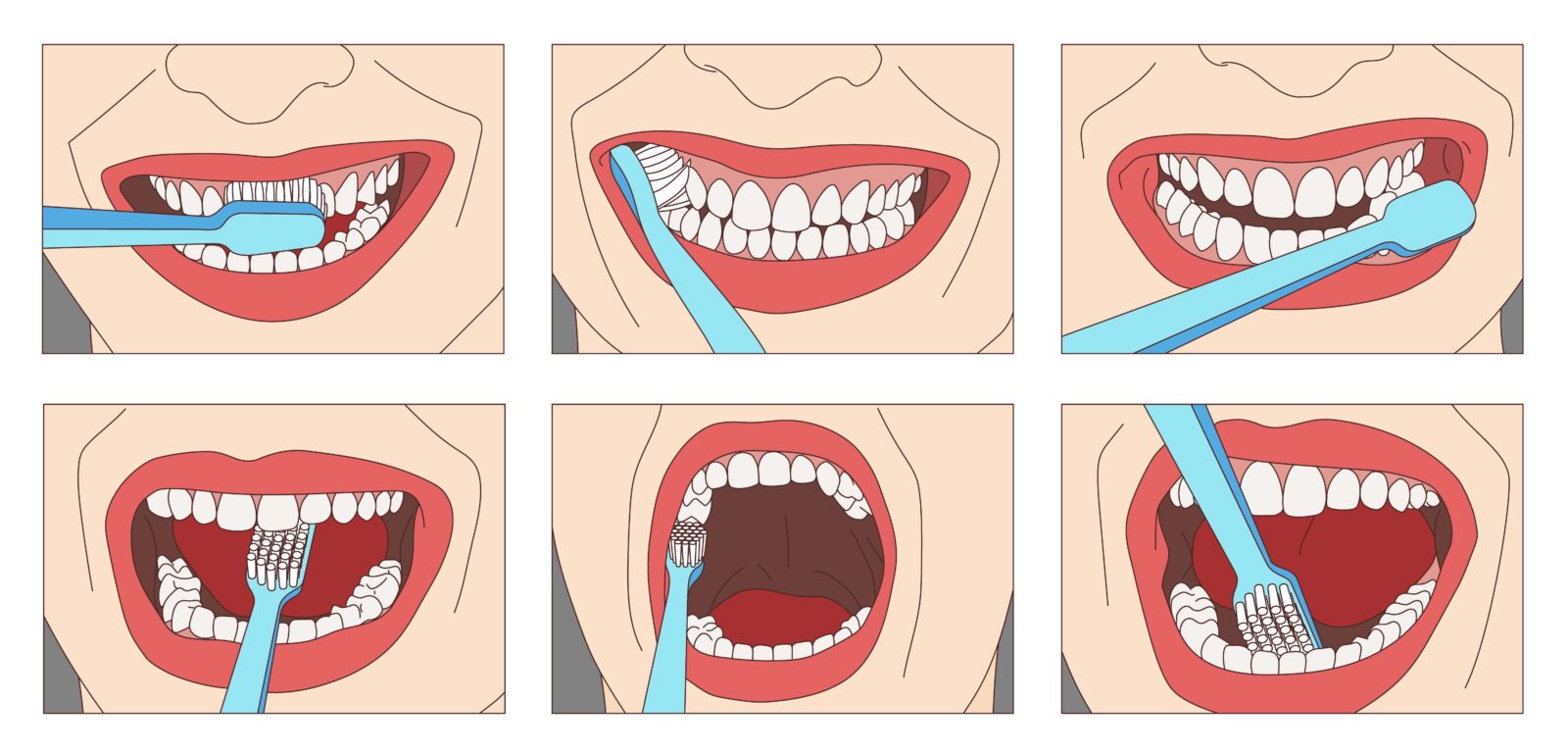
Motion:
Use gentle, circular motions. Avoid sawing back-and-forth motions which can irritate your gums and wear down your enamel.
Coverage:
Brush all surfaces of your teeth—outer, inner, and chewing surfaces. Pay special attention to the front and back teeth, which can be harder to reach.
Tongue and Cheek:
Gently brush your tongue and the inside of your cheeks to remove bacteria and freshen your breath.
Rinse:
After brushing, spit out the toothpaste and rinse your mouth with water.
Common Brushing Mistakes to Avoid
- Brushing too hard: This can damage your gums and enamel. Let the bristles do the work.
- Not brushing long enough: Rushing through brushing leaves plaque behind.
- Forgetting the gum line: The gum line is a common area for plaque accumulation and should not be neglected.
- Using an old toothbrush: An old or worn-out toothbrush is less effective at cleaning your teeth. Replace your toothbrush every three to four months or sooner if the bristles are frayed.
- Skipping inner tooth surfaces: These surfaces are just as important as the outer ones.
Why Proper Flossing Matters
Proper flossing plays a pivotal role in oral hygiene, extending beyond the capabilities of brushing alone to ensure comprehensive dental care. It removes plaque and food particles trapped between the teeth and along the gum line, areas that are difficult for a toothbrush to reach effectively. By doing so, flossing helps prevent the buildup of plaque, which can lead to tartar formation, cavities, and gum disease if left unchecked. Regular and correct flossing not only helps to maintain healthy gums and teeth but also contributes to fresher breath by removing debris and bacteria that cause bad odor. Furthermore, it supports overall health by reducing the risk of conditions associated with poor oral hygiene, such as heart disease and diabetes. In essence, incorporating proper flossing into your daily routine is a critical step in preserving both oral health and general well-being, highlighting the importance of this often-overlooked practice.
Choosing Your Floss
Before diving into the technique, it’s important to select the right type of dental floss that works best for you. The market offers various types of dental floss to cater to different needs and preferences. Here’s a breakdown of the different types of floss and recommendations for each:
| Type of Floss | Description | Recommended For |
| Waxed Floss | Coated with wax for smoother gliding between teeth. | People with closely spaced teeth. |
| Unwaxed Floss | Thin and without wax, can fit into very small gaps. | Those with very tight spaces between teeth; may fray more easily. |
| Dental Tape | Broader and flatter than standard floss. | Individuals with larger gaps between their teeth. |
| Super Flosses | Sturdy floss designed for cleaning around braces, bridges, and gaps. | People with orthodontic appliances or dental work such as bridges and implants. |
| Water Flossers | Uses a stream of pulsating water to clean between teeth and below the gumline. | Those who find traditional flossing difficult, have sensitive gums, braces, or other dental work. Also for those seeking a comfortable alternative. |
| Pre-threaded Flossers | Small, disposable tools with a piece of floss and a handle. | People on the go, with limited dexterity, kids learning to floss, or anyone who finds traditional flossing challenging. |
| Biodegradable/Environmentally Friendly Floss | Made from natural materials like silk or bamboo fiber. | Environmentally conscious individuals seeking a sustainable option. |
Selecting the right type of floss comes down to personal preference, dental needs, and lifestyle. For example, individuals with tight spaces between their teeth might prefer waxed floss or dental tape, depending on the width of the gaps. Meanwhile, those with braces or dental appliances might find super flosses or water flossers more effective and easier to use.
The Proper Flossing Technique
Length:
Start with about 18 inches of floss, winding most of it around each of your middle fingers, leaving an inch or two to work with.
Control:
Hold the floss tightly between your thumbs and index fingers, with about an inch of floss between them, keeping it taut.
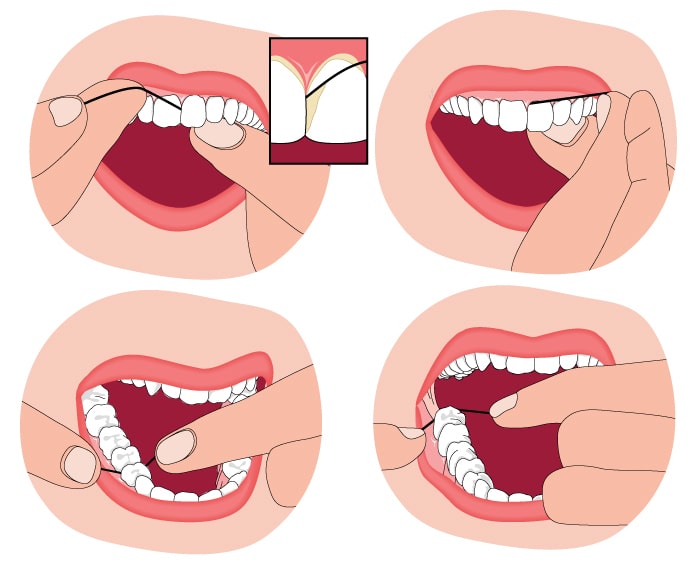
Glide:
Gently slide the floss between your teeth using a zigzag motion. Avoid snapping the floss into your gums, as this can irritate the gums and cause them to recede.
C-shape:
Curve the floss around the base of each tooth, making sure you go beneath the gumline. Never force the floss, as this can damage the tissue.
Roll:
As you move from one tooth to the next, unroll fresh floss from one hand and roll the used floss onto the other hand. Use clean sections of floss for each tooth.
Rinse:
After flossing, rinse your mouth to remove any dislodged debris or plaque.
Common Mistakes to Avoid
- Skipping Teeth: Ensure you floss between all your teeth, not just the ones you can easily reach.
- Flossing Too Hard: Using too much force can damage the gums, leading to bleeding and irritation.
- Reusing Floss: Using the same section of floss for multiple teeth can spread bacteria and reduce the effectiveness of your flossing.
- Neglecting Flossing: Consistency is key. Flossing should be a daily habit.
Conclusion
In conclusion, mastering the art of brushing and flossing is fundamental to maintaining optimal oral health. While the mechanics of these routines might seem straightforward, paying attention to technique and consistency can significantly impact their effectiveness. By choosing the right tools, adopting the correct methods, and avoiding common pitfalls, you can ensure that your oral hygiene practices are as efficient and beneficial as possible. Remember, investing a few minutes each day into brushing and flossing not only preserves the health and beauty of your smile but also acts as a critical defense against dental diseases. So, embrace these practices with the seriousness they deserve, and make them an unskippable part of your daily health care routine. Your teeth, and indeed your future self, will thank you for the effort.
